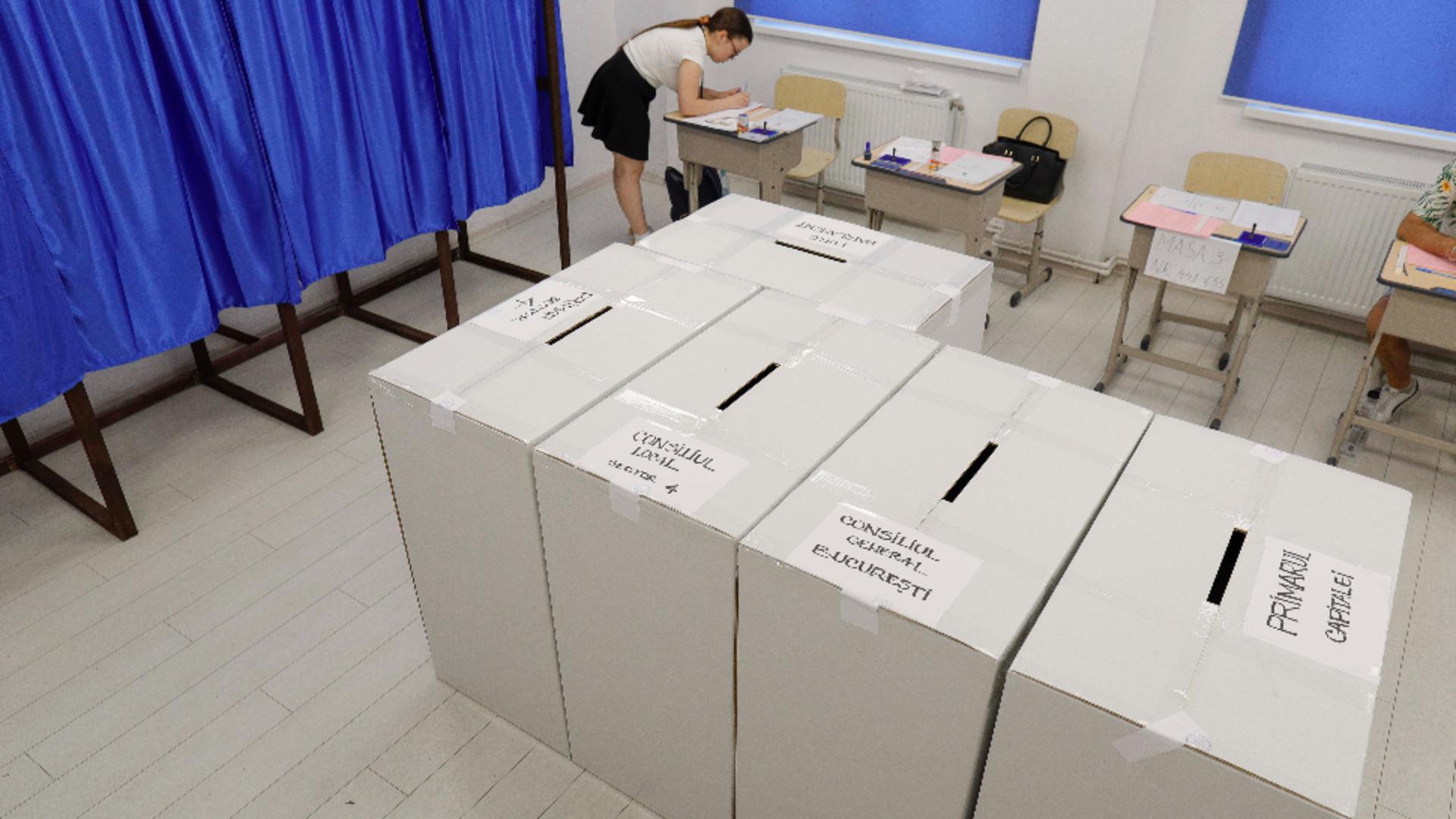Obscured by 2024’s relentless news cycle, a slow-motion scandal has been unfolding under the surface.
Court documents from a series of lawsuits, in California and across the country, have revealed a systemic pattern of abuse stretching back decades. This year alone, thousands of former juvenile detainees in Illinois, Kentucky, Louisiana, New Hampshire, New Jersey, New York, Maryland, Michigan, Oklahoma and California have come forward with harrowing stories of sexual assault. The U.S. Senate has even launched an inquiry.
The lawsuits detail systemic abuse, from illicit strip searches to violent rapes. Juvenile detention staff allegedly “groomed” victims with offers of drugs and special privileges to keep silent, threatening extreme punishments – like solitary confinement – if crimes were reported. While only a few staff engaged in abuse directly, many more are accused of failing to report it. The scale is perhaps wider than any institutional scandal since the Roman Catholic Church’s sex-abuse crisis.
It is a disturbingly familiar pattern – child predators using positions of power to harm children. It is now clear that a system once intended to rehabilitate youth has become a clear and present danger to their wellbeing. While there is a legitimate public safety interest in detaining criminals – sometimes even young ones – there is also a public safety interest in preventing children from being sexually assaulted while under state supervision.
A “law and order” approach to crime should include law and order inside our criminal justice institutions as well.
Juveniles in detention make acutely vulnerable victims. Residential placement means they are away from home, cut off from family, and at the mercy of strangers who have total power over their lives. Many have addiction issues that can be used as levers for manipulation. And while most correctional staff enter the field with good intentions, it can attract serial sex offenders, with “authoritarian” and “controlling” personalities. In the last two years alone, 50 employees of the Los Angeles County Probation Department have either been put on leave or left the department following allegations of sexual misconduct.
The allegations detailed in the lawsuits date back to the 1990s, and most plaintiffs are now adults. Justice is finally possible because of recent, commonsense changes to the statute of limitations on sexual assault in various states. For example, after lawmakers in New Hampshire extended the statute of limitations, more than 1,000 previously unknown victims came forward. The sheer volume calls into question the Department of Justice’s ability to enforce the 2003 Prison Rape Elimination Act, a federal law intended to prevent sexual assault behind bars.
Related Articles
California must stop law that would authorize placing pregnant women in solitary confinement
Silencing dissent does not make Jews safe
California politicians continue their misguided war on plastic bags
Who is the real Kamala Harris? The big-spending progressive or the sudden moderate?
The battle between tech giants and struggling newspapers has been sidelined, for now
For advocates of incarceration and other punitive juvenile justice policies, some level of abuse is inevitable—collateral damage that can, at best, be mitigated by better protecting kids in detention. Instead, we need to be doing a better job of protecting kids from detention. The best thing policymakers can do to keep children from being victimized in state custody is for them not to be in custody in the first place.
Fortunately, this is also the best approach from a public safety and fiscal perspective. Decades of research have shown that incarcerating a young person supercharges the likelihood they will be arrested as an adult. Incarcerating young people is also expensive, costing up to $304,000 per child, per year in California. Alternatives like deflection and restorative justice represent a true, limited-government solution that protects both kids and taxpayers.
Despite this bipartisan appeal, only one-third of jurisdictions in the U.S. currently have a juvenile deflection program. Policymakers should work to change this. The longer it takes for our leaders to act, the higher the human toll will be.
Logan Seacrest is a resident fellow on the R Street Institute Criminal Justice and Civil Liberties team, where he produces research and analysis on policing and juvenile justice policy.

























